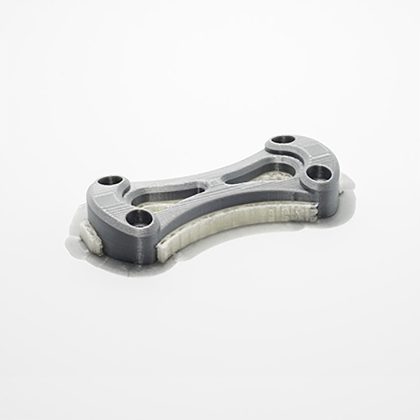Unlock the Secrets of FDM Printing: Transform Your Ideas into Reality!
FDM printing services, or Fused Deposition Modeling, represent a significant advancement in the world of 3D printing. This technology involves the layer-by-layer deposition of materials to create three-dimensional objects, making it a popular choice for various applications. With its ability to convert digital designs into tangible products, FDM printing has revolutionized many industries by enabling rapid prototyping, customized manufacturing, and even educational tools. This article aims to delve into the essence of FDM printing services, highlighting their importance and diverse applications in today’s ever-evolving technological landscape.

Understanding FDM Printing Services
FDM printing services utilize a process where thermoplastic materials are heated to their melting point and extruded through a nozzle to build objects layer by layer. This method is predominantly utilized in 3D printing due to its affordability and efficiency. The technology relies on various materials, including PLA (Polylactic Acid), ABS (Acrylonitrile Butadiene Styrene), and PETG (Polyethylene Terephthalate Glycol), each offering unique properties suited for different applications. The advantages of FDM printing over other methods, such as SLA (Stereolithography) or SLS (Selective Laser Sintering), include lower material costs, ease of use, and the ability to create larger objects. It is particularly favored by hobbyists and professionals alike for its versatility and accessibility.
Applications of FDM Printing Services
The applications of FDM printing services are vast and varied, permeating almost every industry imaginable. In prototyping, businesses use FDM printing to quickly produce models for testing and evaluation, allowing for faster iterations and modifications before mass production. In manufacturing, FDM printing enables the creation of custom parts and components that are tailored to specific needs, reducing waste and increasing efficiency. The education sector has also embraced FDM printing, where students can engage in hands-on learning experiences in design and engineering. Additionally, healthcare has seen remarkable innovations with FDM printing, where custom prosthetics and 3D-printed anatomical models are being utilized for surgical planning and training purposes.
Prototyping and Product Development
One of the most significant benefits of FDM printing in prototyping is its ability to significantly reduce both time and costs involved in product development. For instance, a friend of mine who runs a small startup in the tech industry shared how they were able to develop a prototype for a new gadget in just a couple of days, a process that would have taken weeks using traditional manufacturing methods. This rapid prototyping capability not only accelerates the development cycle but also allows for more iterative testing and feedback, ultimately leading to better end products that meet consumer needs more effectively.
Custom Solutions in Manufacturing
FDM printing services provide unique custom solutions for manufacturing, particularly in small batch production and bespoke designs. This capability allows businesses to produce components that are not only tailored to specific dimensions but can also be modified quickly to meet changing demands. An acquaintance of mine who works in the automotive industry utilizes FDM printing to create specialized parts for vintage car restorations, which are often hard to source. This ability to produce custom parts on-demand not only saves time but also dramatically reduces costs associated with traditional manufacturing methods.
Educational Uses of FDM Printing
In educational settings, FDM printing services have transformed how students learn about design and engineering concepts. Many schools and universities now incorporate 3D printing into their curricula, allowing students to visualize and create tangible models of their designs. A friend who is a teacher at a local high school reported how her students were able to grasp complex concepts in physics and engineering by designing and printing their own projects. This hands-on approach not only enhances understanding but also fosters creativity and innovation among students.
Healthcare Innovations
The healthcare industry has witnessed remarkable advancements due to FDM printing services. Custom prosthetics tailored to the specific anatomy of patients are now being created using 3D printing technology, providing a better fit and increased comfort. Furthermore, FDM printing is being used to produce anatomical models that assist surgeons in planning complex procedures. A healthcare professional I spoke with highlighted how these models have improved surgical outcomes by allowing for better pre-operative visualization and planning, ultimately enhancing patient care.
Transforming Industries with FDM Printing
FDM printing services have unlocked a world of possibilities across various industries, from rapid prototyping to custom manufacturing and innovative educational applications. The ability to quickly convert ideas into physical objects has transformed how businesses operate and how students learn. As we continue to explore the potential of this technology, it’s clear that FDM printing holds the key to future advancements. Whether you are a hobbyist, entrepreneur, educator, or health professional, considering FDM printing services for your projects could lead to innovative solutions and remarkable outcomes that bring your ideas to life.








